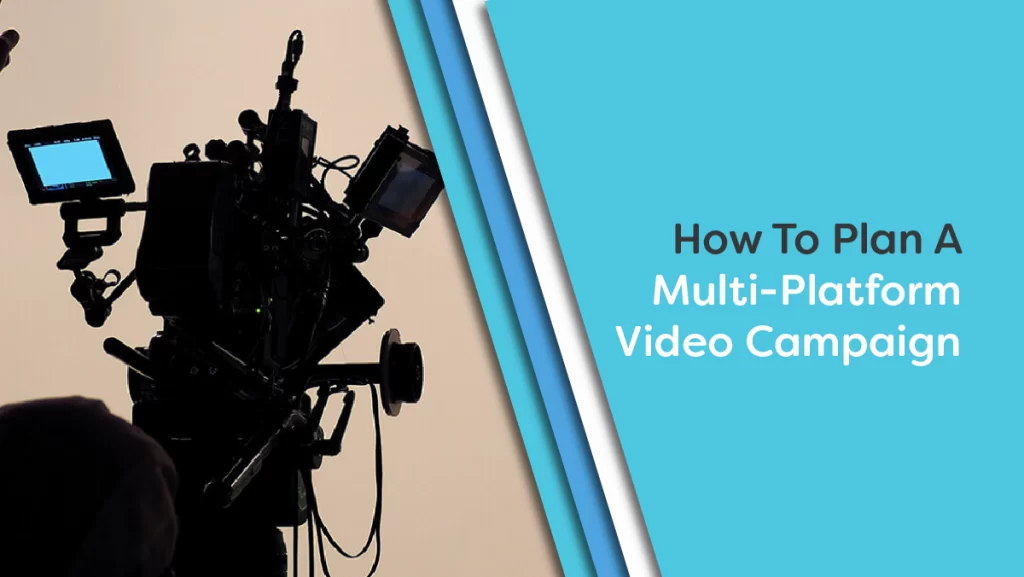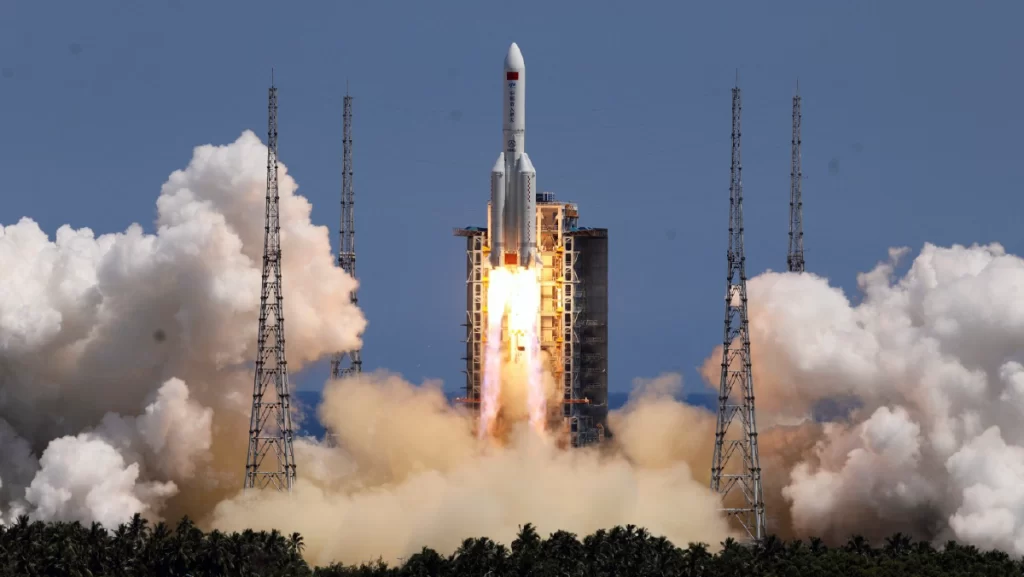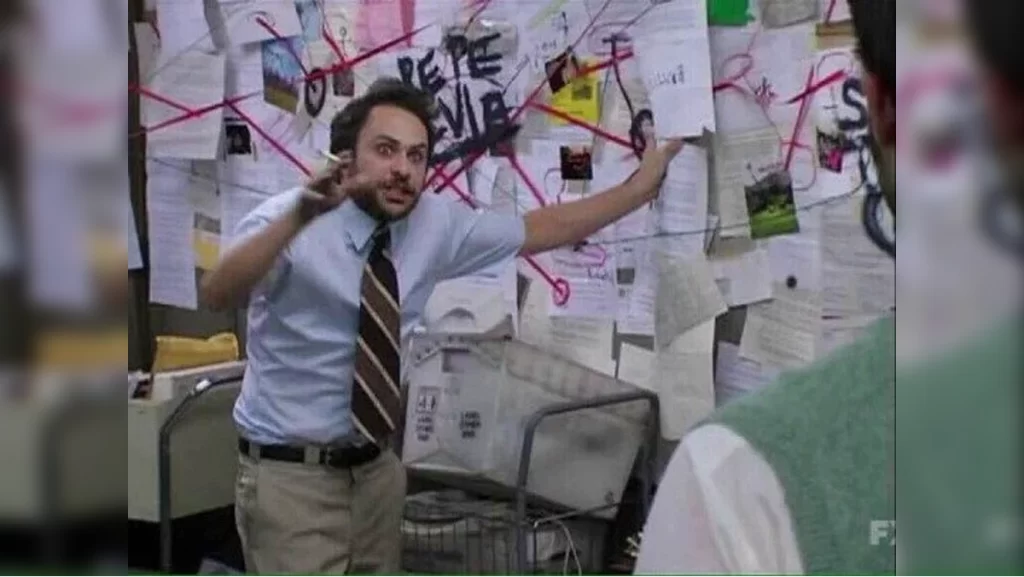How To Plan A Multi-Platform Video Campaign

For me, video marketing is a simple practice.
Be consistent. Show up as regularly as possible. Be wherever your customer is.
When coordinating and planning a multi-platform video campaign, I believe it’s crucial to remember these three statements.
Multi-platform video campaigns can range from a simple repurposing of an existing video asset to a far more complex, interwoven strategy developed by an expert marketing strategist.
Today, I want to take you through examples of both approaches. Each can bring sustained attraction and retention of clients when used over a 12+ month time horizon—but understanding how they work is key.
The Context
To make the following examples easy to understand, let’s assume that the hypothetical business embarking on its multi-platform campaign has the following:
- At least one major long-form piece, such as a Brand Story Film
- A suite of short-form content pieces already developed
- The ability to create ongoing short-form video content over a period of at least 12 months
These three key points are what I ensure each of my clients have when I work with them on a 12+ month campaign. This approach guarantees a consistent flow of video content, a regular brand presence, and the best possible preparation for being everywhere their customers are.
In this example, when I refer to a campaign, I mean a consistent and sustained video marketing presence over at least 12 months—not a singular campaign lasting only a few weeks or months.
My clients have experienced the most success when working over a longer time horizon, rather than singular short campaigns. I encourage you to approach video marketing with a long-term mindset instead of chasing short-term results.

The Simple Approach
The simple approach to a multi-platform video campaign is one that most marketing managers and business owners are already familiar with.
Simply take an existing video asset and publish it across all platforms without altering any aspect of the video. This is the most straightforward and resource-efficient method for creating a multi-platform campaign—and it works for both long-form and short-form pieces.
For example, one of my clients is a Victorian sporting league whose season runs from October to April. At the start of their 2024/25 season, Fixon Media Group created a long-form Brand Story Film to promote their new season and to get athletes, coaches, and fans excited for what’s to come.
We posted this same video across Instagram, Facebook, TikTok, and Twitter. We didn’t change the aspect ratio to suit each platform; We simply adjusted the copy where character limits required it.
Additionally, each week we produce between 10 and 20 short-form video pieces for them, which get published across Instagram, Facebook Reels, and TikTok—again, keeping the videos and copy consistent across platforms.
The Results
Since the start of their new season in October 2024, our client has achieved:
- Over 15 million views
- Multiple videos hitting over 1 million views
- Growth of their Instagram following from 2,500 to over 13,000, and Facebook from 3,500 to over 8,300
- An increase in race entries by 33% and membership levels by 15% compared to the previous season
But why have these results occurred? Because they:
- Consistently showed up
- Maintained a presence on every platform their target market uses
- Understood who they are speaking to through the video content—and what they do and don’t like to watch
The past four months of results have taken over 12 months to achieve. We started working with this client in October 2023. For context, in the 12 months prior to October 2024, views were just under 6 million, and video content was published only on Instagram.
That initial 12-month period was all about learning more about their target market: identifying which types of videos resonated best, refining those that missed the mark, analysing available metrics, and seeking feedback from their customers.
Now, my client is reaping the rewards of patience and consistency—and I anticipate these numbers will only increase as we progress in 2025 and beyond.
Side note: All of these numbers are organic; we have not used any paid-video posts on my client’s social media platforms.

The More Complex Approach
You’ve seen how effective the simple approach to a multi-platform video marketing campaign can be, and its impact on attracting and retaining customers sustainably. As long as you apply a long-term mindset and consistency, the simple approach can work wonders.
For many businesses, however, this simple approach may pull too much enough manpower, hours, or creative thinking. The more complex approach demands even more of those resources.
The complex approach is similar yet distinctly different. It involves:
- Taking a single video asset (whether long or short form) and tweaking it for each platform
- Changing the copy for each individual platform to better suit the culture of that platform
- Using a mix of organic and paid video marketing to achieve maximum cut-through
These types of multi-platform campaigns also rely on consistency, a long-term mindset, a regular presence, and being where your customer is in order to be successful.
However, due to their more complex nature—in needing to tweak each piece of video content—this approach can often be far too resource-draining for most businesses, even large companies with significant marketing teams. And this is without considering the additional strain of repurposing video content into audio sound bites, podcasts, blog posts, YouTube long-form pieces, etc.
Hence, for most of these campaigns, a third-party strategic marketing team is usually brought in to coordinate everything. They plan the strategy, approach, and deliverables; determine what tweaks may need to be made between platforms; and help facilitate any paid marketing activations. While we may handle the filming and production of the individual content pieces at Fixon Media Group, the distribution of each piece is ultimately determined by the overarching strategy developed by the strategic marketing company.
Final Words
This comprehensive approach to video marketing, whether simple or complex, underscores the importance of consistency, a long-term strategy, and being present wherever your customers are.
By understanding these methods and applying them thoughtfully, you too can attract and retain new customers sustainably, over a long-time horizon.
Want Some Help In 2025?
At Fixon Media Group, our team specialise in capturing the emotions that resonate with your customers and transforming them into powerful, captivating brand films designed to connect with your audience.
If you’re looking to create impactful brand films and short-form video content in 2025, feel free to get in touch with our Melbourne based video production team.
